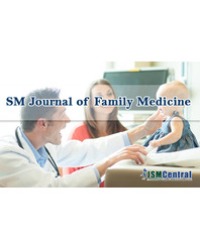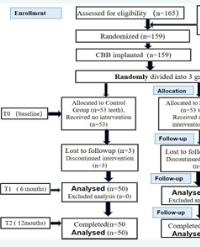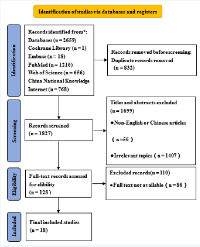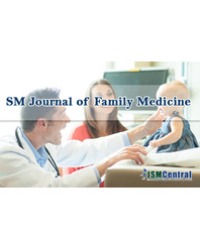Objective: To investigate the effect and mechanism of Hyperbaric Oxygen Therapy (HBO) combined with Platelet-Rich Fibrin (PRF) on the treatment of periodontal bone defects, keratinized gingival width (KGW) and gingival papillae height using calcined bone (CBB).
Methods: A total of 150 patients with chronic periodontitis and bone defects were selected and divided into three groups after calcined bone grafting: the HBO-PRF group, the PRF group, and the control group, with 50 cases in each group. The Gingival Index (GI), Periodontal Pocket Depth (PD), and Clinical Attachment Level (AL) were recorded before surgery and at 6 and 12 months post operation. CBCT and periapical x ray were taken to measure bone density and bone filling, and the rate of bone improvement was calculated. Enzyme-linked immunosorbent assay (ELISA) was used to determine the expression of Osteoprotegerin (OPG) and Receptor Activator of Nuclear Factor kappa B Ligand (RANKL) in gingival crevicular fluid (GCF) before surgery and at 6 and 12 months post operation, and the Keratinized Gingival Width (KGW) was measured at different time points.
Results: The HBO-PRF group showed significantly reduced of the GI, PD, and AL at 6 and 12 months post operation compared to the PRF group and the control group. The reduction in KGW was significantly lower than that of the PRF group at 1, 3, 6, and 12 months post operation. The HBO-PRF group had a significantly higher bone density and bone fill improvement at 6 and 12 months compared to the PRF group and the control group. The GCF OPG was significantly higher than that of other groups, while RANKL and the RANKL/OPG were significantly lower.
Conclusion: (Implied from the results) HBO combined with PRF significantly improves periodontal bone defects, KGW, and gingival health compared to PRF alone or calcined bone grafting alone. This is associated with increased bone density, bone fill, OPG expression, and decreased RANKL expression.
Conclusion: The combination of HBO and PRF can significantly improve the therapeutic effect of calcined bone in repairing periodontal bone defects, and promote periodontal bone regeneration. And increase the KGW and the gingival papillae height, and improve black triangles. The mechanism is related to its regulation of the RANKL/OPG signaling pathway, balancing the osteoclastic and osteoblastic processes by HBO and PRF.
Tie-Lou Chen¹²#, Hui-Jie Lu³*, Ting-Lin Zhang⁴, Bing Xu⁵, Dong-Sheng Xu⁶, Yan-En Wang¹, An-Xin Yue⁷, Yi-Yi Pang⁸, Chuan-Mei Huang¹, Zhi-Zen Quan¹, Xin-Yu Yang¹, Shi-Feng Wang⁹#, Da-Hai Tang¹⁰# and Yi-Jun Zhou¹¹, Wen-Jing Chen¹²





